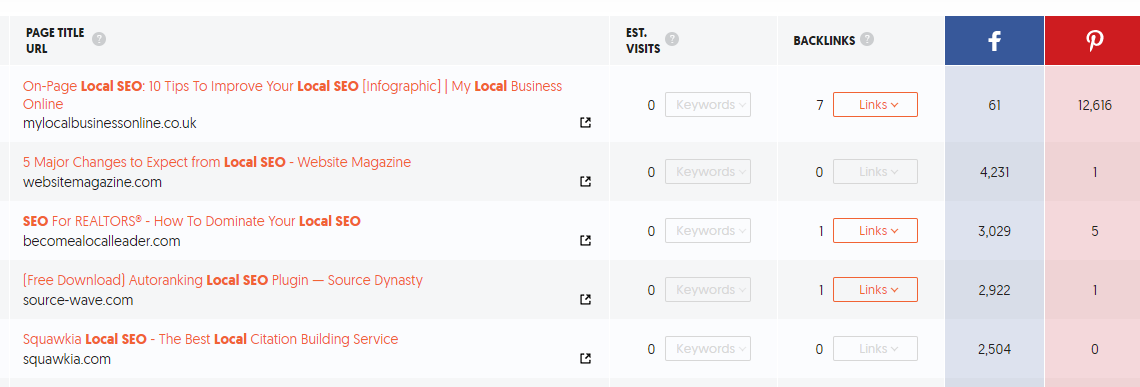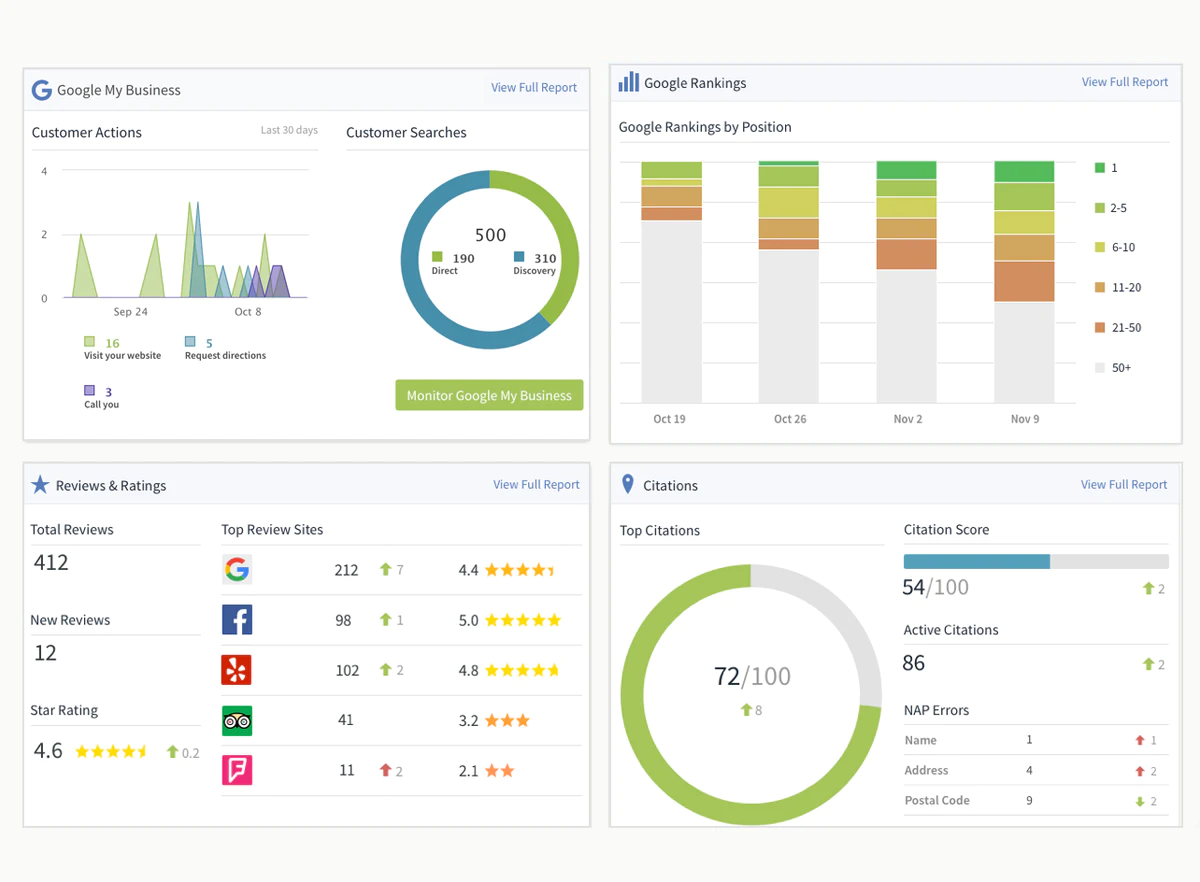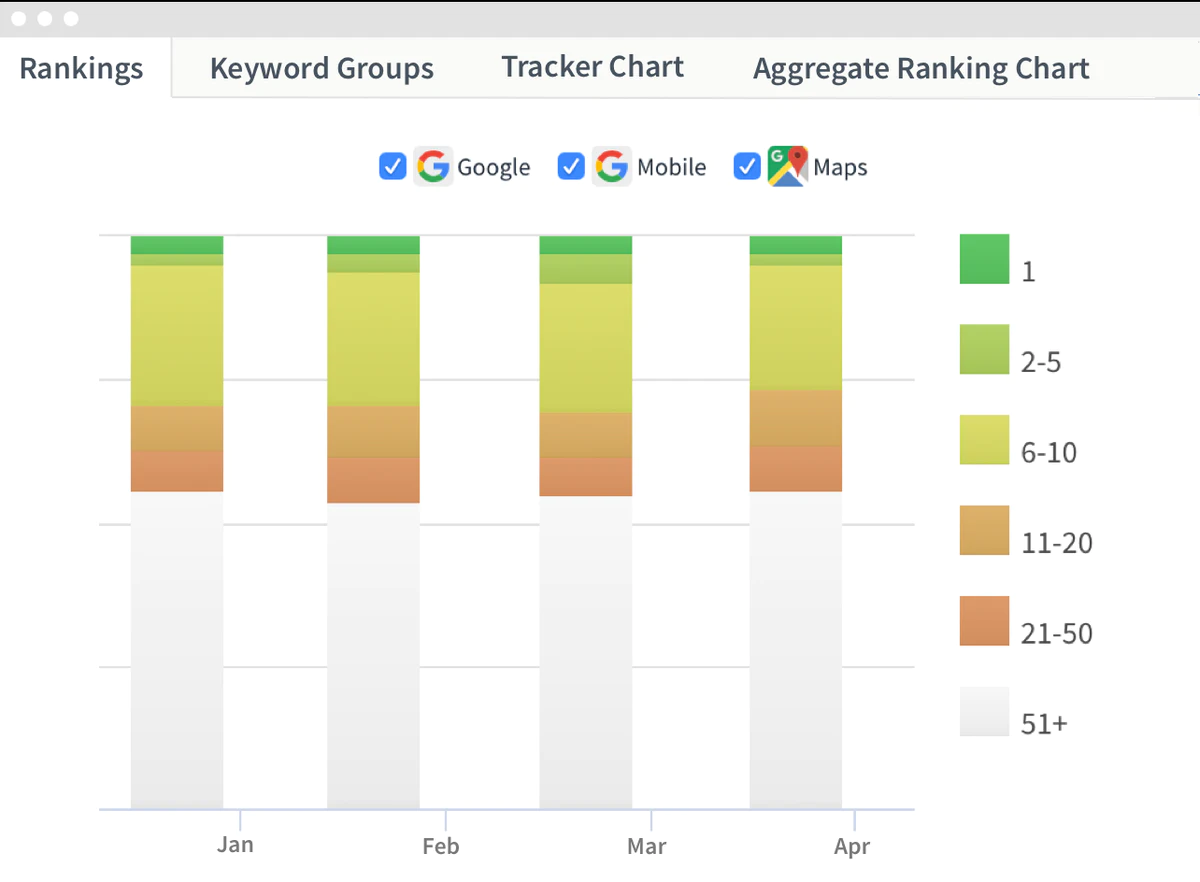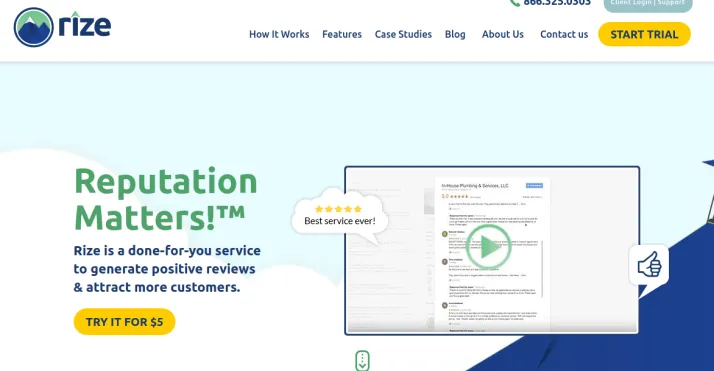Entrepreneur
Shame in the Workplace by @HeidiDalzell
by Heidi J. Dalzell, PsyD.
Too many women are terrified of taking risks and making a mistake, socially or otherwise, because they fear other people shaming them.
Christiane Northrup, M.D., Goddesses Never Age
I remember my first experience of being shamed in the workplace. It was before I’d made the leap to a psychology practice and a corporate trainer in a large financial services firm. My supervisor, miffed at something, said to me sternly “I thought you were perfect, but …” It wasn’t in the words, or dismissive tone. It was more in the message I did not measure up.
I felt a deep sense of shame.
There were other similar comments from this supervisor, about the way I dressed and interacted, even that my gloves made my hands look too big. A coworker who was being laid off from a defunct department did not get a job within ours because my supervisor noticed a thread on her skirt. And so on. While these experiences were a good number of years ago now, I still obsessively check for those hanging threads that could hold me back.
The most damaging thing about these comments: my supervisor was another woman.
And her expectations were unattainable.
Women are routinely shamed within the workplace: for their bodies, their personalities, their dress, and feelings. They may be shamed for being different from the corporate culture. Many such messages tap in to childhood wounds, proving our “badness” again and again.
Because shame is so global, we internalize it, literally taking it into our bodies.
Why Is Internalized Shame So Negative?
Comments like the one I received don’t provide a growing experience or one that encourages risk taking and creativity. If I could not wear the gloves I wanted, how could I present an innovative new idea in our staff meetings? Or take a risk in trying something new?
Christiane Northrup, in her renowned book on women’s health, identifies shame as hands-down the most destructive emotion that women can experience. It drains women, of their life-forces and creativity. Instead they put their energy into self-hared and self-preservation.
Shame results in feeling unlovable and unworthy. People who are shamed develop a harsh inner critic.
Shame holds you back. Gay Hendricks, author of The Big Leap calls this an “upper limit problem.” Women who hold on to shame may not feel that they deserve love, freedom or success.
Resolving Internalized Shame
The good news: we can resolve shame.
If you are shamed within the workplace, there are several questions that you can ask yourself. Is any part of this feedback true? If so, what can I do to change this? What have I learned from this situation?
When the feedback does not fit, it’s also ok to reject it without needing to understand where it came from.
It’s also important to be aware of your inner dialogue. If you are talking to yourself in a way that you would not talk to a cherished person in your life, adopt a more compassionate tone and message.
Opening ourselves to compassion leads to forgiveness of past shame as well as greater self-acceptance. It can be a hard lesson but one that is vital for success in the workplace.
The post Shame in the Workplace by @HeidiDalzell appeared first on She Owns It.
Entrepreneur
Make The Decision To Live An Epic Life
Every single one of us has the ability to live the most epic, abundant and successful life.
So why is it that in reality, most people never go on to experience that? Far from living their best life, so many people find themselves so stuck.
This is what we talked about and made breakthroughs on last week in the Package Your Brilliance challenge I hosted with the amazing Gina DeVee.
The challenge was about how you can take your ideas, knowledge and passion and turn them into offers and packages that your ideal clients will love to buy, so that you can build a successful business doing something you love.
At the beginning of the challenge, so many of the women who took part felt like they didn’t deserve to live an epic life - and I know that this limiting belief is so common.
I was so inspired by the transformations we saw during the challenge that in this episode, I wanted to talk to you about:
- The reason why so many people don’t believe that they deserve to live an epic life.
- The excuses we all tell ourselves that keep us playing small and hold us back from creating success.
- How I kept myself stuck for years going round in circles and the realisation I had that changed everything.
- The new decisions I made and the challenge I created for myself that transformed my life and my business.
- A simple exercise you can do today to help you condition your mind to create success.
- Mantras to help you create more abundance and clarity in your life.
If you loved this episode and you know you’re meant to create a successful business and live that epic life, I’m collaborating with the incredible Gina DeVee on a transformational program called Perfectly Packaged.
Click here to dive into the details and join us there >>>
Over 10 weeks, Gina and her amazing team of coaches will help you take your ideas, knowledge and unique brilliance and turn them into a successful coaching or service-based business.
If you’ve got a burning desire to create success, but you feel like you’ve been teetering on the edge of what could be possible; if you want to go on a transformational journey alongside like-minded women with the best mentoring, support and guidance….this program is for you!
Click here to find out more about it and save your spot before enrollment closes >>> 
The post Make The Decision To Live An Epic Life appeared first on Female Entrepreneur Association.
Entrepreneur
How We Grew Our SaaS Blog Traffic to 30k Monthly Visits in 6 Months [Case Study]
Hey, r/Entrepreneur!
In the last 6 months, we’ve been able to grow our blog’s search traffic from 500 to 30k monthly visits. This doesn’t count any direct traffic, by the way. And it was meaningful traffic too. In fact, 18% of our sign-ups in the month of August came from our blog, making content our 2nd highest growth channel.
While we’re still very early on this journey, I thought I’d share my learnings so far and how we got here. If you’re a founder getting started with SEO and content marketing, this post is for you. I wish I read it last year.
I'm pasting the content here but if you want to see the full post with all screenshots, check it out here:
How We Grew Our SaaS Blog Traffic to 30k Monthly Visits in 6 Months ⤴️
********
Why are we investing in content marketing?
We identified SEO and content marketing as a key growth channel for us for several reasons:
- High keyword search volume for terms related to business phone systems, VoIP, business phone solutions, etc. Thousands of people looking for what we’re building, how can we get in front of them?
- High intent. Folks already looking for a solution like ours have higher intent than those who we serve a FB / IG ad. We can convert many of them into customers.
- Fresh perspective. A lot of existing content on topics related to business telephony is very dated. We have a chance to become the go-to source for modern companies and folks who don’t want to be stuck in the past. For example, do you really need extensions in 2020? 🙂
- Compound impact. SEO is one of the few channels that compounds as you grow.
- Create once, distribute everywhere. This has been inspired by Jeff Chang‘s tweet below and holds true to how we think about content. A lot of articles we publish serve the double-duty of creating more value for existing customers and bringing on new customers. For example, we share our 25 business text message templates with all new users as a part of OpenPhone onboarding. It’s also bringing new customers to us via Google Search.
How we grew our blog to 30k monthly visits
Step 1: Started writing on Medium and forums
In late 2017 I set up a Medium account for OpenPhone. I had experience writing on my personal Medium before so it was the easiest way to get started. We hadn’t launched at that time so the handful of posts I wrote on Medium were pre-product and very much experimental.
I got ideas for what to write about from the questions I saw folks ask in different forums for startups and small businesses (our target audience).
Ultimately, I didn’t get many views on my Medium posts and put them on hold while we were in YC. It was only once I published about our experience at YC (meta, I know) that I saw the potential of content for OpenPhone. Surprisingly, a good number of folks discovered and signed up for OpenPhone through that post.
At the same time, I contributed to business telephony questions on Quora and Reddit.
While initially posting on Medium and online forums helped refine my writing skills, I wish we would have started with our own dedicated blog from day 1. This way, any content we published would live on our own domain and improve our site ranking. Instead, I contributed to Medium’s SEO.
Step 2: Set up our dedicated blog
In December 2019, we set up our dedicated blog (where you’re reading this post). It’s a simple WordPress blog hosted on WP Engine and with the Contentberg theme.
As you already know by now, I wish we set it up on day 1. Do me a favor and don’t make my mistake. Start writing on your own blog, not on Medium.
Step 3: First content on the blog
As soon as we had our blog ready to go, we had to make sure it doesn’t sit around empty. Besides importing some of the content from Medium, we had to start from scratch.
The first two articles we published were answers to the frequently asked questions from potential customers.
80+% of entrepreneurs use their personal phone numbers for business, which means that most folks get their first business phone number on OpenPhone. I’ve heard a lot of stories from customers who regretted using their personal cell # initially and thought that it would be useful to have them outlined in an article for any prospects we were already talking to. I didn’t want to copy and paste my answers all the time.
This article was inspired by an email I received from an OpenPhone customer. Turns out having your personal cell number easily available online is a very bad idea.
This prompted me to research data removal. I also learned that I had to scrape my own number from the Internet, too.
It turned out that this topic is relevant to other founders so when I posted my post on different forums, I got great feedback. I recently realized our post is ranked #2 on Google for this topic and has brought almost 5k visits in the last 6 months.
Step 4: Basic SEO research
In January 2020 I started trialing SEMrush. It was fun to couple my content instincts (from talking to customers) with insights into what people actually search for.
We started out with a simple principle. What search terms are bringing our competitors the most traffic? Of course, not all traffic is created equal. Some queries have high intent to purchase a solution while others have little to no intent. At this stage, I wanted to understand what others in our space were doing and where we can fit in.
If you’re using SEMrush, you can find this quickly from the Domain Overview section. Just type the URL of any competitor. Here are our current top organic keywords, as an example.
The topic of “voicemail greetings” quickly emerged as a good topic to cover. Several of our competitors like MightyCall, Telzio, and Talkroute had this topic bringing them a lot of traffic. That being said, a lot of the examples in their posts were outdated. We thought we could do better and created our collection of 21 voicemail greetings with text + audio examples for people to download.
Also, since setting up a custom voicemail greeting is a part of the onboarding flow for OpenPhone users, we included the link to this post in our onboarding. 1 piece of content —> multiple use cases.
Step 5: Create a content strategy
By February, we saw glimpses of success. We finished the month at around ~500 visits to our blog. Unlike paid acquisition, content takes time to rank and result in direct ROI. So while I was patient, I knew it was time to get help.
Thanks to Omri Mor (Co-Founder at Routable), I got connected to Taran Soodan who has been working with us on our content ever since.
Taran suggested the following content plan:
- Optimize existing posts ranking on the 2nd page of Google for high-volume keywords to quickly improve our search rankings and traffic
- Create content comparing OpenPhone with our competitors
- Create new content focused on topics relevant to OpenPhone + questions we get from our customers
Below I’ll share with you our exact steps.
1 – Optimize existing content
By March, we already had a handful of posts ranking on the second and third pages of Google for target terms.
We started with a handful of posts, but let’s look at how we optimized our 21 Professional Voicemail Greeting Examples post.
The post provides 21 valuable examples of good voicemail greetings. It’s a great post with lots of actionable examples. Seems like a slam dunk for SEO, right? At its best, it would only rank in the middle of the 2nd page on Google.
So why didn’t it rank even though it provides value? It was missing relevant keywords and didn’t have an intro.
As a part of our efforts to improve our ranking for “professional voicemail,” we ran a search in SEMrush using their Keyword Magic Tool to see which keywords we needed to include in our post. We could see from the below screenshot that we needed to include a few variations of the keyword.
Now that we knew which keywords to use, we updated the post. The original post didn’t have much of an intro section, so we added an intro and incorporated keywords from the research we did with SEMrush. Once we republished the post, we hit the first page of Google within 2 weeks. Within 2 months, we hit the #1 ranking for “business voicemail greeting.” And it’s still at #1.
Does it sound like what we did was really simple? That’s because it was. Content optimization is a good path to pursue because making just a few changes to existing posts that are already ranking can result in faster results than posting new articles.
2 – Create content comparing OpenPhone with competitors
At OpenPhone, we’re building a calling and messaging solution for startups and small businesses. From conversations with our customers, we knew they compared us with services like Google Voice, Dialpad, and RingCentral when making a choice.
We knew we needed to show the advantages of using OpenPhone and how we’re different.
The great thing about comparison pages is that folks searching for alternatives or looking to compare tools generally have high intent.
We know Google Voice is a popular VoIP service given it’s free. But that means it has a lot of limitations when used for business. So we used our blog post to highlight the limitations of Google Voice for folks looking for a better option.
That post ranks #1 for Google Voice alternative and it’s one of our best-converting blog posts right now. We’ve used the same principles to create content for other competitors.
3 – Create new content focused on topics relevant to OpenPhone
Tools like Google Trends, Ahrefs, and SEMrush can make it easy and fun to perform keyword research and see what topics people care about. I like combining that data with the things I learn when talking to customers as prospects. That way, the content we publish is relevant and useful to our target audience.
Here’s the process we use for keyword research when determining new topics for OpenPhone:
- We check our current search rankings using SEMrush’s Domain Analytics tool. We just typed in the OpenPhone domain to see what keywords we rank for
- We export the results to Google Sheets so we can create pivot tables and charts to better understand search volumes and keyword difficulties
- Create a list of keywords we wanted to rank for and group them if they’re related
- Use the Keyword Magic Tool to find search volumes for keywords
- Once we find search volumes, add them to SEMrush’s Keyword Manager Tool. Create a list for each specific group of keywords to prevent overlaps
- Once we have the keyword lists, we use an SEO writing tool like Topic or Clearscope to generate an outline for a blog post
- Once the outline is ready, you can begin writing. With tools like Topic and Clearscope, it’s very easy to track keyword usage in real-time (aim for an A++ score!)
Step 6: Go beyond SEO to deliver value to your community
While the focus of this post has been on SEO and getting more customers to discover you via Google, you have to keep in mind why you’re creating content in the first place.
For us, it’s all about helping fellow startups and small businesses grow.
Whether we do it by recommending how to set up your SMS workflows or sharing how we use Zapier, we want to make sure everything we put out there helps you succeed.
Creating high-quality and shareworthy content is above all else for us. Only truly useful content can earn backlinks and shares, increasing your SEO juice, and generating more visitors for your blog as a result. So please do let me know if you found this post useful. 🙂
Results
To sum it up, here are our results from February to September 2020. We’ve published 33 articles within this time. That’s 4.7 per month, on average. Our search traffic to the blog went from 500 to 30,000 visits per month. This doesn’t count any direct traffic to blog posts. We didn’t do any paid content promotion. And we didn’t ask for (or pay for) backlinks either.
18% of all our sign-ups for the month of August came directly from our blog. Let’s see what we have in store for September!
Conclusion
When done right, content and SEO can be a huge source of growth for early-stage startups. If you think this channel has a lot of potential for you, start right away. You have to start somewhere so don’t worry about making your first posts “perfect”. They never are. Consistency is far more important. If you can answer a question for your customer or a potential customer, you’ve got a useful piece of content that others might find valuable as well.
Hope you found this post useful. If you start a blog or write a post inspired by this, send it over to me. I’d love to see it!
submitted by /u/darynak
[comments]
Source link
Entrepreneur
3 Marketing Tools You Can Use To Create A Local Digital Footprint
Most businesses start small. Before you can cater to a diverse audience, it is imperative to create a strong local footprint. Don’t forget, all the big brands of today started small, whether it be Apple or Walt Disney.
The good news is that in today’s time, it is quite easy to reach a local audience. Most of them are present online! After all, according to Statista, over 50 percent of the global population currently has internet.
And local searches are significantly more common on search engines. As per Go Gulf, 46 percent of the searches conducted on Google look for local information. And HubSpot further reports that 72 percent of consumers that conduct local Google searches end up visiting the store.
Therefore, you must ensure that you have a strong local presence. To do so, you can make use of the various tools available. Here are four tools that will be of immense help when you are trying to dominate the local market.
Ubersuggest
Keywords are an essential part of any SEO strategy, whether it be general or local. However, in the case of local optimization, the type of keywords used are different. Here, location-specific long-tail keywords become more important.
One tool that helps during keyword research is Ubersuggest. This freemium SEO tool is made for generating keywords from topics.
- Keyword ideas
To get keyword ideas with Ubersuggest, all you need to do is type a given keyword into the platform and viola; the tool suggests a variety of long-tail keyword ideas you can use to create content that will help your site get indexed on Google for high intent search terms.
To make sure you select the one with the most reach and traffic, Ubersuggest also offers key metrics for each keyword. This includes average CPC, monthly search volume, PPC, and SEO competition.
At times, you will find a trade-off between the metrics. For starters, a keyword with a high monthly search volume might also feature high competition, and hence the difficulty of getting a good ranking in.
Additionally, there are different types of keywords you can search for, namely:
- Suggestions: Words covering a given topic
- Related: Words related to the seed, but not always on the exact topic
- Questions: Keywords phrased in the form of questions
- Prepositions: Keywords that have two concepts in one search, for instance, “Local SEO tools for Ecommerce.”
- Comparison: A list of common comparisons made by searchers, related to the keyword
You can use a mixture of high performing keywords to optimize your content best.
- Keyword Overview
Ubersuggest also provides its users with data regarding their keyword search. The information delivered includes:
- Search Volume Trend and Overview: General information about the keyword along with its ranking in the past year
- Domain Score and Average Backlinks: Suggestions about how many backlinks are required for the keyword to enter the first page of search results
The keyword overview can be combined with the first feature to choose the right words.
- Content ideas
Even if you have the right words in your content, if the blog itself is not relevant to your target audience, you won’t be able to generate traffic. This is where Ubersuggest’s content ideas come in handy.
The platform provides a list of topics that are known to drive traffic, social media mentions, and backlinks.
In Short
While there are various other features provided by Ubersuggest, the three discussed are highly useful during the most integral and primary stages of local SEO.
BrightLocal
The local citation and SEO platform have a plethora of features, each of which helps in boosting the visibility of a local business. Here are some of its local SEO specific features that are highly recommended.
- Location Dashboard
To make the right decisions, you must have a clear understanding and view of your SEO health. Here, Location Dashboard comes into the equation, which allows you to see all the relevant local SEO information in one place.
- Local SEO rank checker
Via the tracker, a business can keep tabs on their ranks, regardless of the platform. This includes organic, mobile, local pack, and map ranks. You can also filter the feature down to track your business at a postal code or city level.
- Local Citation Tracker
The Citation Tracker helps in monitoring existing citations, locate duplicate listings, access a full NAP audit, as well as manage all citation work. It also helps highlight inaccurate citations as well as eliminate citations that end up harming your ranking.
In Short
Yes, BrightLocal provides a diverse range of services, and each has its own benefits. However, we find its local citation and keyword ranking features to be ideal for reaching a local audience.
Rize Reviews
As per the Search Engine Journal, 91 percent of young consumers trust online reviews. Since businesses are bound to receive both positive and negative reviews, it is imperative to manage your reputation through tools like Rize Reviews.
Rize Reviews is a reputation management tool that gathers and tracks feedback, customer satisfaction as well as publishes positive reviews on a variety of online channels. This can help your local business in boosting its image as well as initiating word of mouth for its projects.
- Customized Brand Messages
Since each brand has a unique voice, Rize Reviews customizes messages which are aligned with your brand voice. These messages can then be sent out as email or comment responses to positive and negative reviews.
- CRM and POS Integration
Rize Reviews integrates with different POS and CRMs to help eliminate any manual work required to manage reviews. Instead, the process is automated so that your customers are contacted smoothly for reviews.
- Multiple locations
Even if a given business is serving one city today doesn’t mean it will never expand. Rize Reviews allows businesses to add locations as you grow. This allows for effective management.
In Short
Whether it be embedding websites, eliminating negative feedback, or highlighting positive reviews, Rize Reviews has features for it all.
Ending Remarks
Use these four tools, along with local SEO tactics, to reach a satisfactory search engine ranking for local searches. Let us know how it fares for you.
The post 3 Marketing Tools You Can Use To Create A Local Digital Footprint appeared first on She Owns It.
-
 Business2 months ago
Business2 months agoBernice King, Ava DuVernay reflect on the legacy of John Lewis
-
World News2 months ago
Heavy rain threatens flood-weary Japan, Korean Peninsula
-
 Technology2 months ago
Technology2 months agoEverything New On Netflix This Weekend: July 25, 2020
-
Finance4 months ago
Will Equal Weighted Index Funds Outperform Their Benchmark Indexes?
-
Marketing Strategies9 months ago
Top 20 Workers’ Compensation Law Blogs & Websites To Follow in 2020
-
 World News8 months ago
World News8 months agoThe West Blames the Wuhan Coronavirus on China’s Love of Eating Wild Animals. The Truth Is More Complex
-
Economy11 months ago
Newsletter: Jobs, Consumers and Wages
-
 Finance10 months ago
Finance10 months ago$95 Grocery Budget + Weekly Menu Plan for 8







